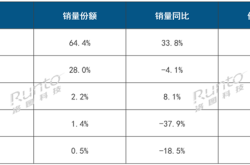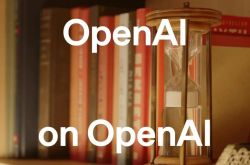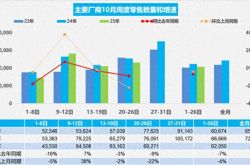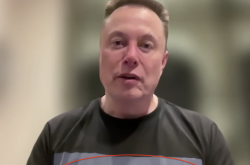A Severely Undervalued Chinese AI Powerhouse
![]() 09/15 2025
09/15 2025
![]() 628
628
In our previous discussion, we explored how Oracle's stock price skyrocketed overnight, briefly catapulting 81-year-old Ellison to the pinnacle of global wealth. However, I've unearthed a far more promising Chinese AI company. While its stock price hasn't experienced a meteoric rise, it has demonstrated consistent and steady performance.
That company is Alibaba.
You might perceive it merely as an e-commerce giant, but in reality, it has emerged as one of the world's leading AI large model enterprises.
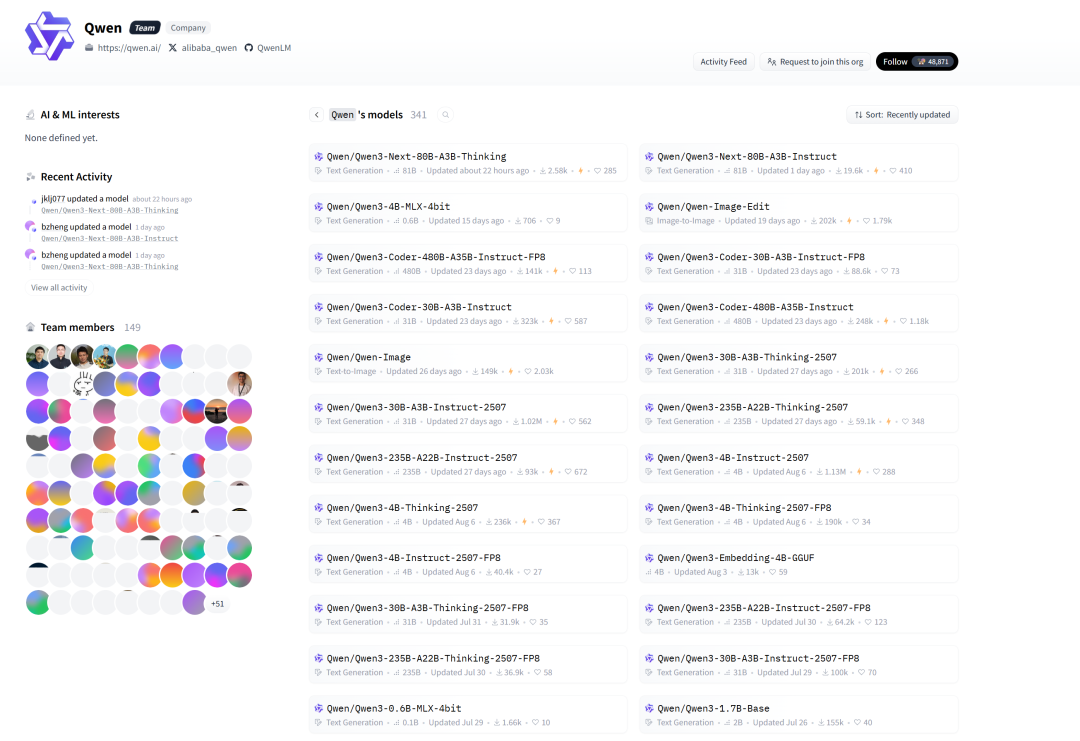
When the topic of AI arises, OpenAI is invariably mentioned.
In truth, despite OpenAI's frequent appearances in the spotlight, its lead over other AI firms is narrowing, and in some areas, it's even beginning to lag behind.
Google's Gemini and Anthropic's Claude both wield significant influence, outperforming ChatGPT in numerous domains.
Recently, Gemini's image generation large model, Nano Banana, has garnered immense popularity, while Claude has become the go-to choice for programmers in the coding realm.
What about the situation in China?
Those unfamiliar with AI might still associate it with Liang Wenfeng and his DeepSeek.
DeepSeek is indeed remarkable, but from a strategic vantage point, Liang Wenfeng doesn't envision DeepSeek as his primary profit-generating business, nor does he intend to transform it into an all-encompassing model.
Similar to OpenAI, which may seem synonymous with ChatGPT but actually offers multiple versions tailored for different fields (its image generation large model is distinct from its large language model).
Who in China is pioneering comprehensive models? There are three major players:
First up is Alibaba.
Beyond Tongyi Qianwen, Alibaba has actually surpassed OpenAI in image and video large models, and crucially, it's open-source. I've been delving deep into Alibaba's Qwen Image series models lately, and with the aid of ComfyUI workflow tools, I can nearly achieve results comparable to Nano Banana.

Alibaba's Wan (Wanxiang) series video model is already capable of generating professional-grade, movie-quality videos, earning widespread admiration globally.
Second is Tencent.
Tencent labels all its models as Hunyuan, be it large language models, image generation models, or video models. Hunyuan's image and video large models are equally impressive as Qwen Image and Wanxiang, and they also rank among the most beloved video large models worldwide. Especially its latest open-source Hunyuan World large model, which is just a step away from enabling real-time AI game generation.

However, Hunyuan's demand for video memory remains relatively high. My 3060 struggles to handle it, but it's not a significant hurdle for enterprise users.
Recently, I learned that Tencent's knowledge base tool, IMA, along with its workflow tool, Yuanqi, are both open-source. These are formidable enterprise applications.
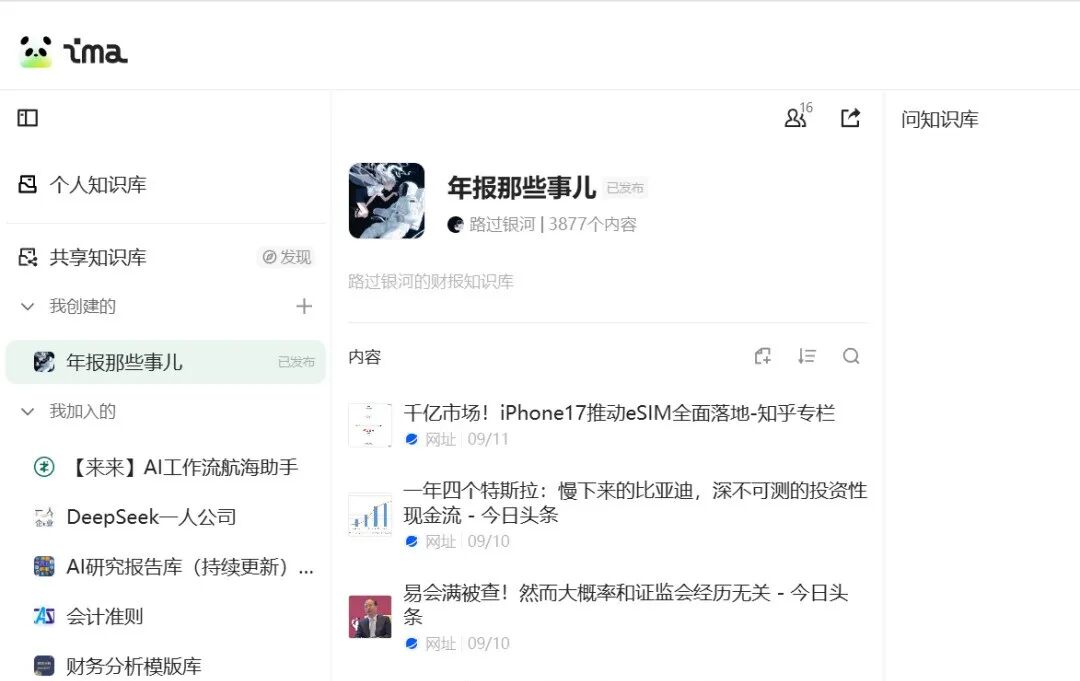
Third is ByteDance.
ByteDance has fully embraced AI. Unlike Tencent and Alibaba, ByteDance is both open-sourcing its core technologies and developing closed-source tools. For instance, Doubao and Jimeng, many of which are paid tools. Jimeng's video capabilities already rank among the top globally.
So, the question arises: how do they monetize open-source technologies?
I believe this is where the divergence in vision lies.
How does OpenAI generate revenue?
Through subscriptions.
Different packages come with varying price tags, averaging around $500 per year (assumed). With 100 million subscribers, that translates to $50 billion in revenue; with 1 billion subscribers, it's $500 billion. But 10 billion subscribers? That's unattainable unless we start counting extraterrestrial clients. The potential is capped.
Some argue that OpenAI has integrated with Office and will earn B2B revenue by partnering with enterprise giants.
However, these giants will inevitably develop their own large models. Is it challenging to develop a large model now? The upper limit of large models is already within reach, and it's only a matter of time before major players catch up.
For example, Google's Gemini has already ascended to the first tier. Microsoft's Office has integrated with ChatGPT, but it's also integrated with Claude, and Microsoft is still in the process of developing its own large model.
Assuming Microsoft unveils its own large model, how will it monetize it?
By integrating it with Office, Windows, Azure... I won't charge separately, but customers will simply need to purchase different packages of my Office, Windows, and cloud resources.
Do you see the pattern? This is the playbook for the cloud computing era, bundling AI as a core component of cloud resources.
And Alibaba and Tencent recognized this from the outset!
So, they went all-in on open-source (now Microsoft has also released a slew of popular open-source models, but the abundance of high-quality large models has gone unnoticed by many).
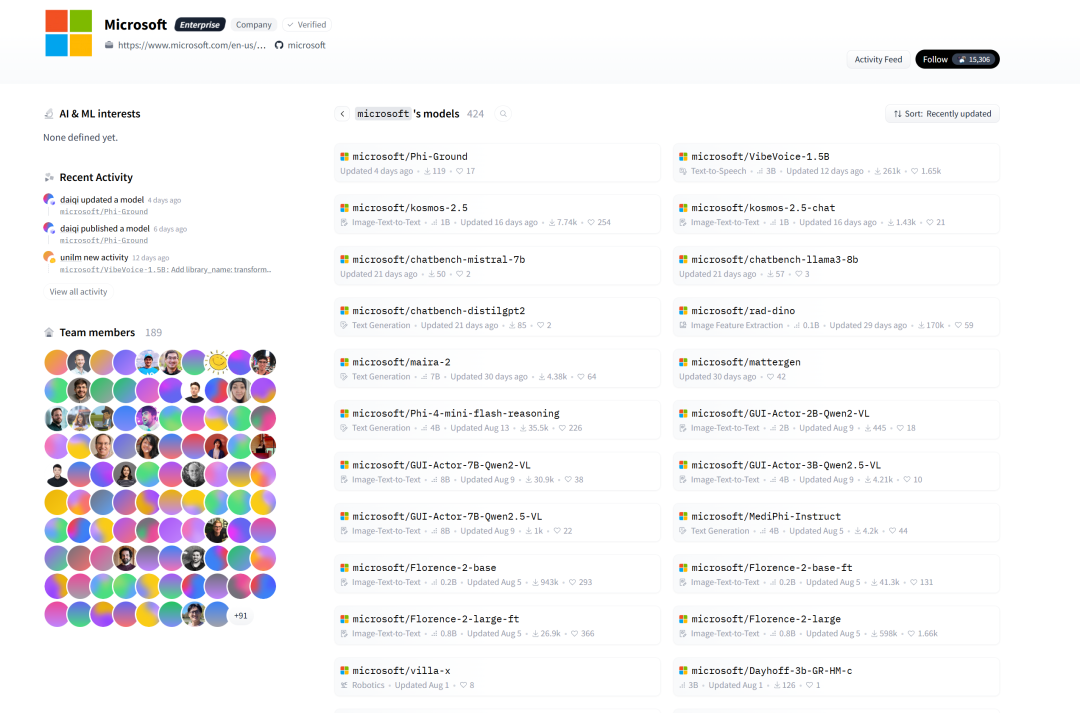
ByteDance is a bit unique; its AI platform is dubbed Volcano Engine (which also open-sourced Coze).
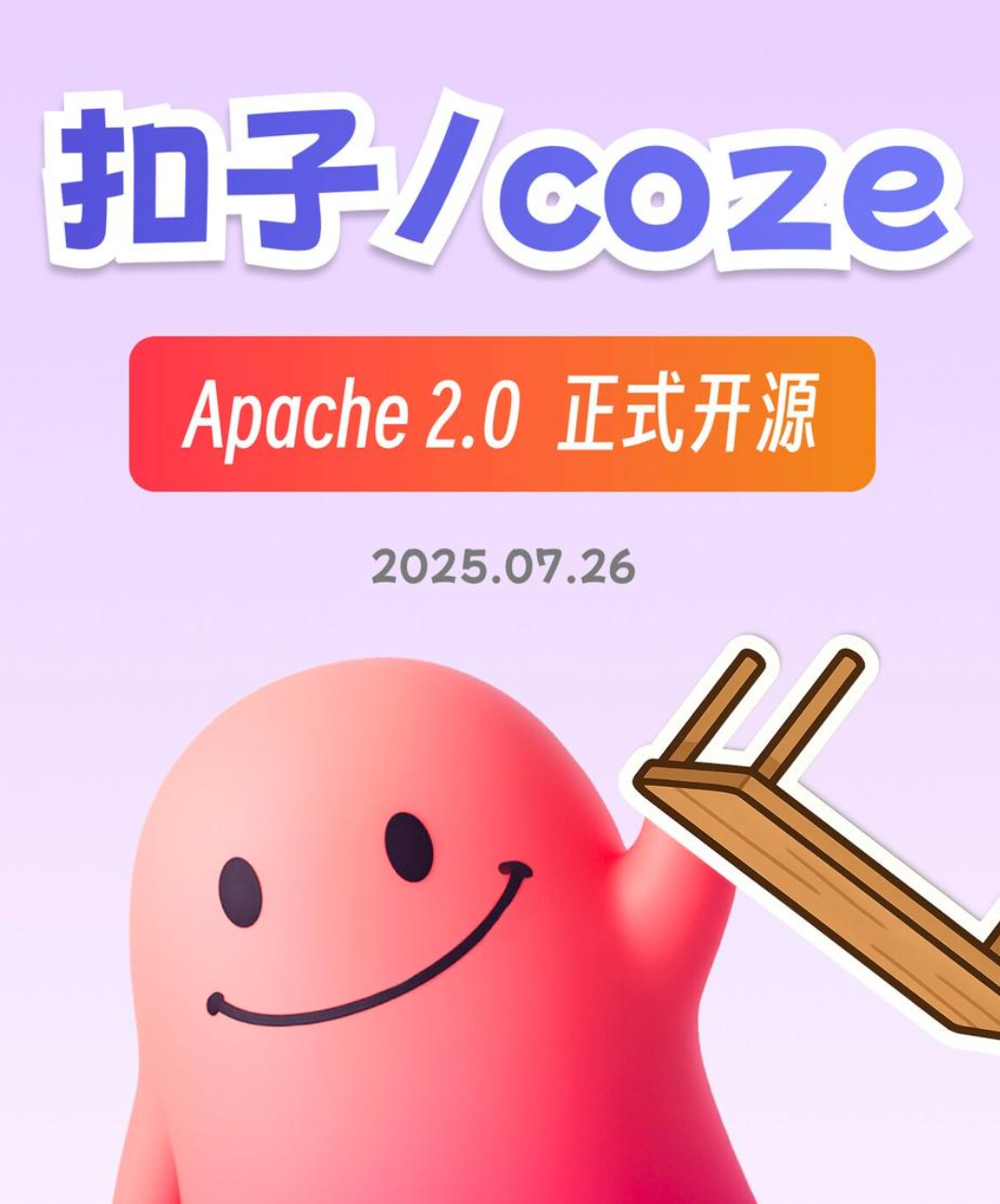
Just from the name, it's evident that it aspires to be the new infrastructure for the AI era: the engine. Whether you opt for Alibaba Cloud or Tencent Cloud, just utilize my AI engine.
So, the ultimate showdown in AI will unfold in the cloud.
By then, OpenAI might not even have a seat at the table.

